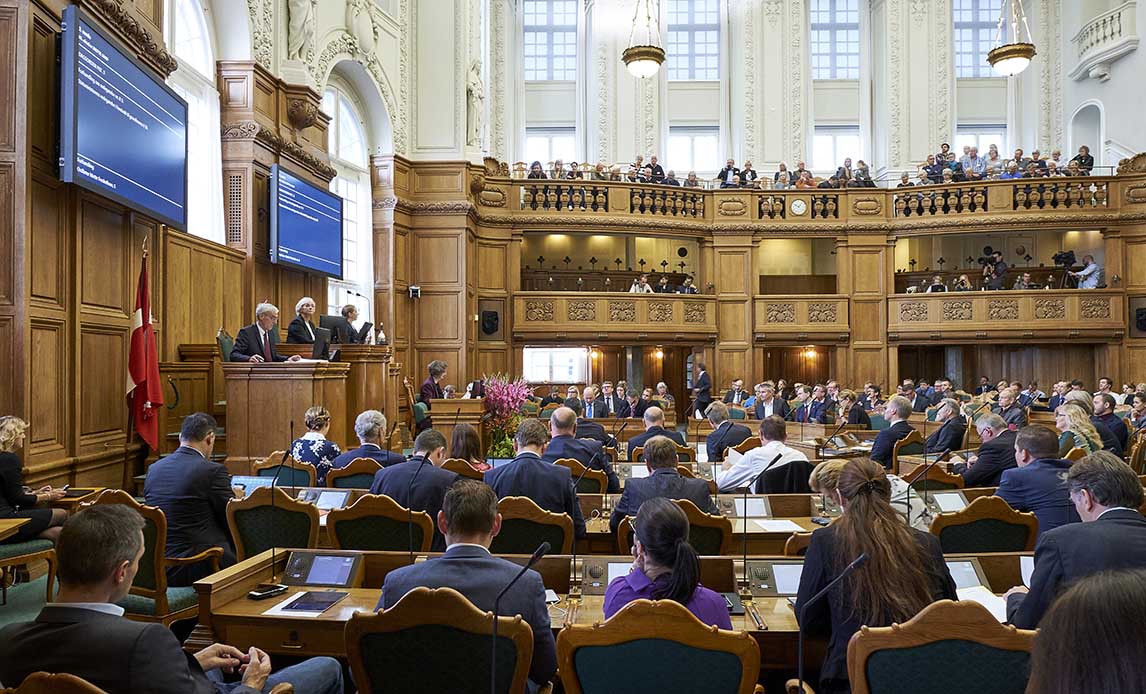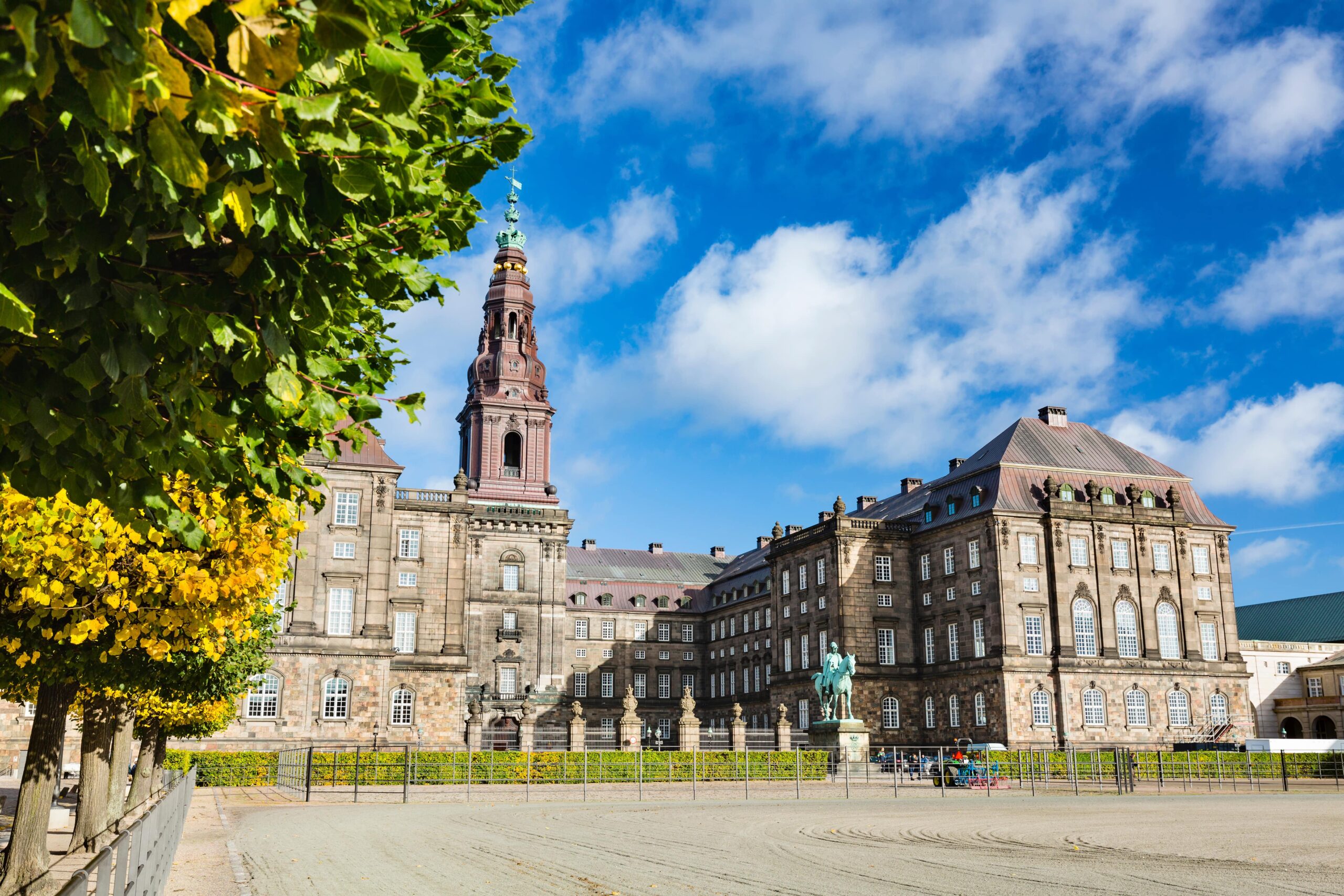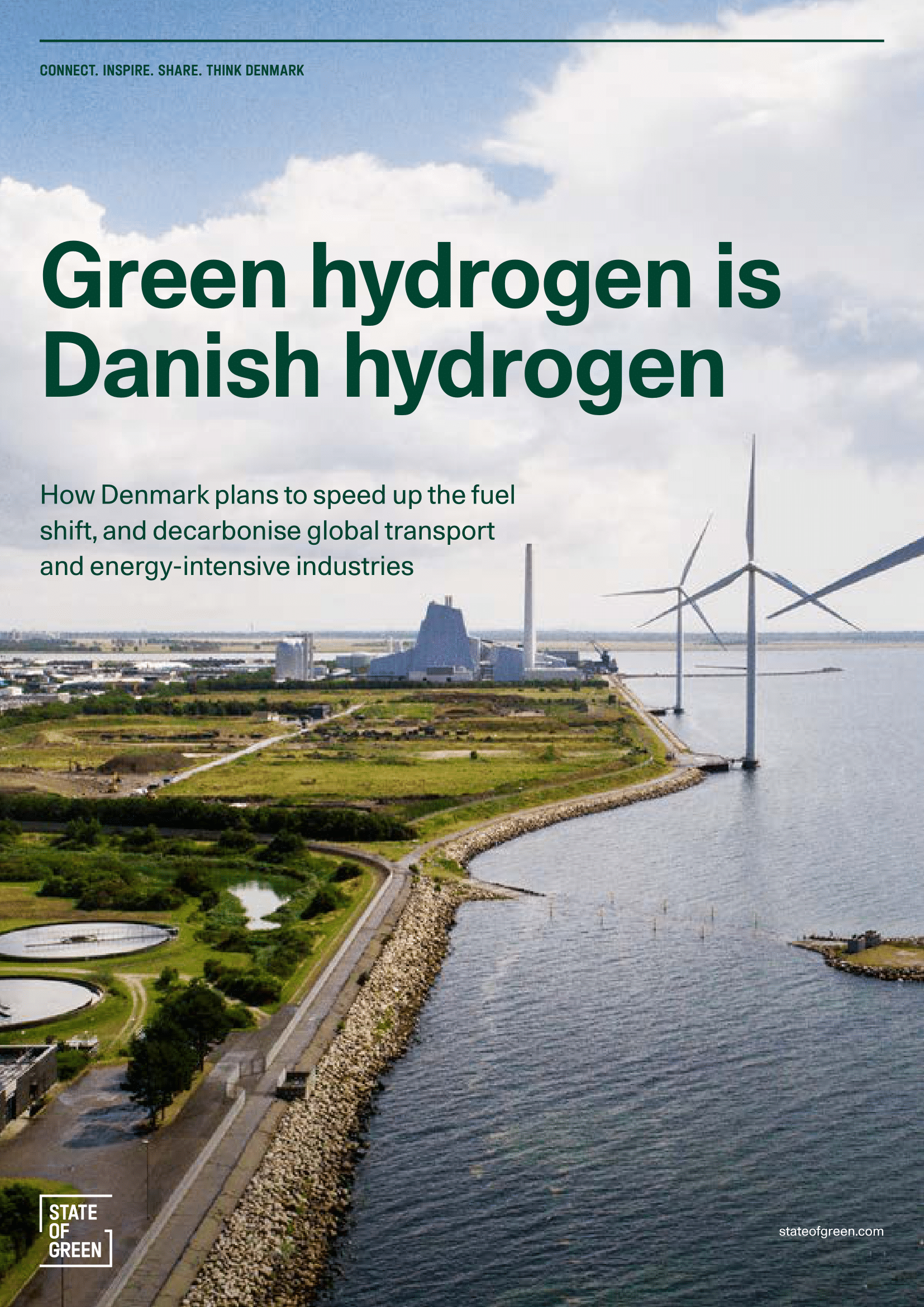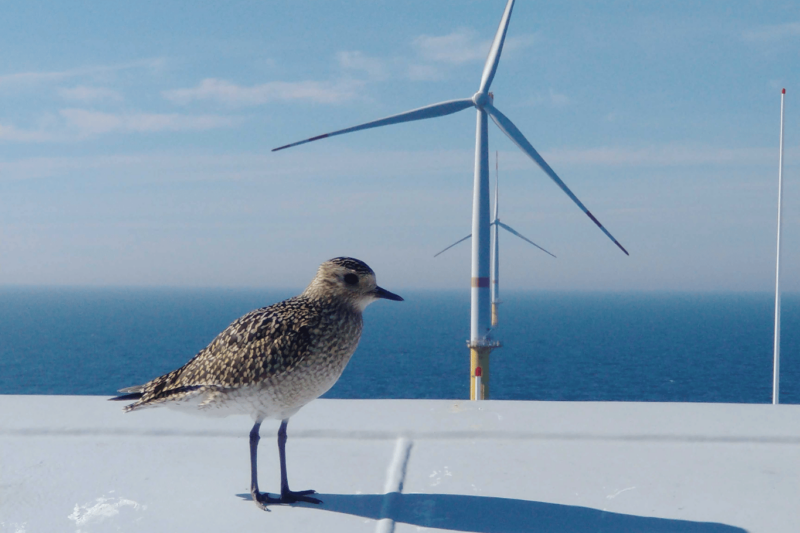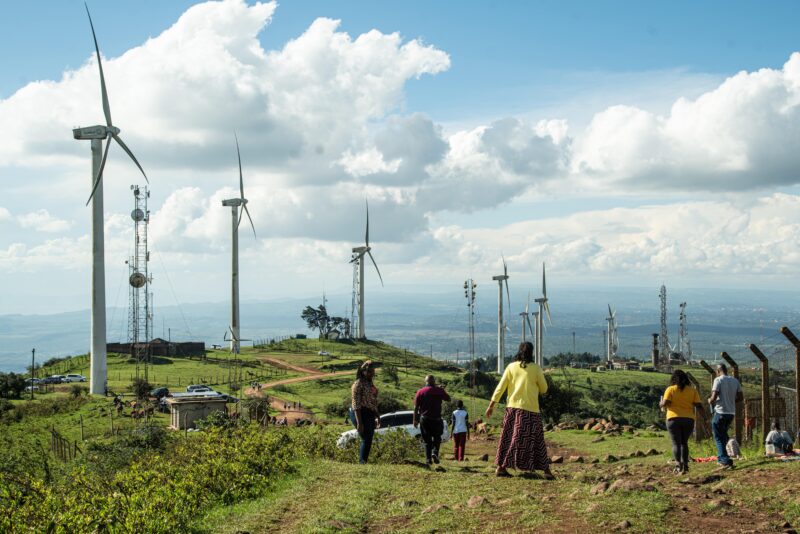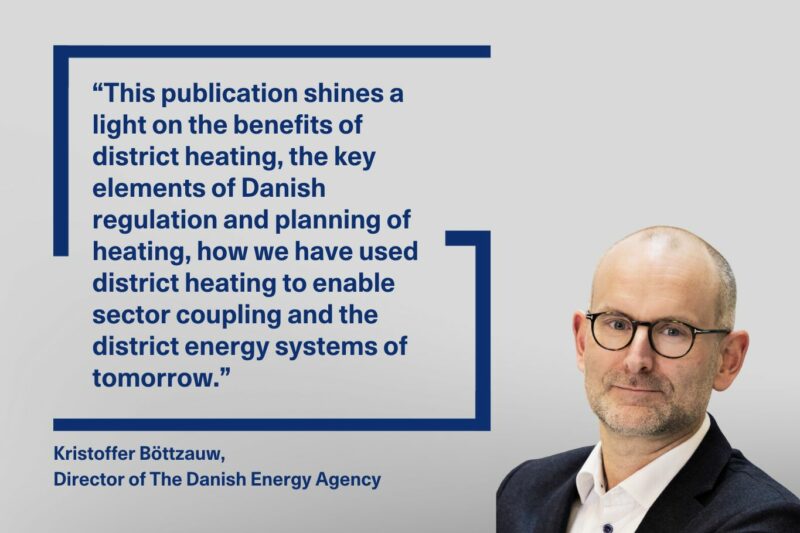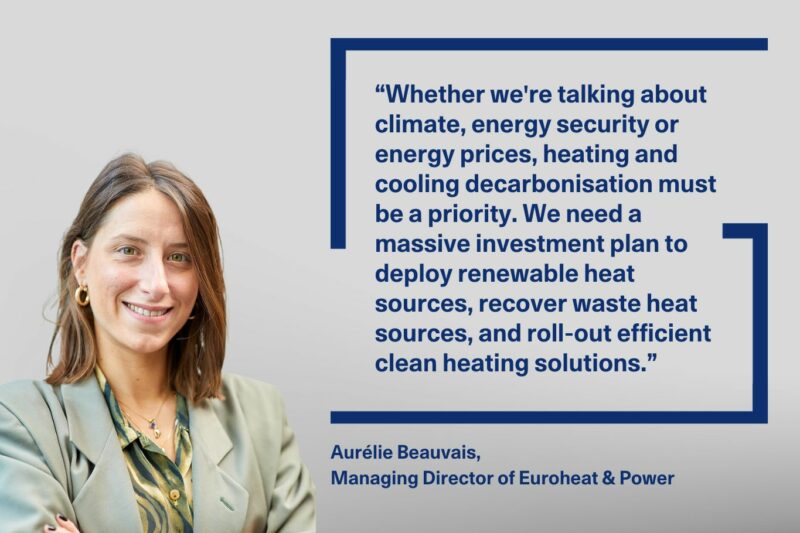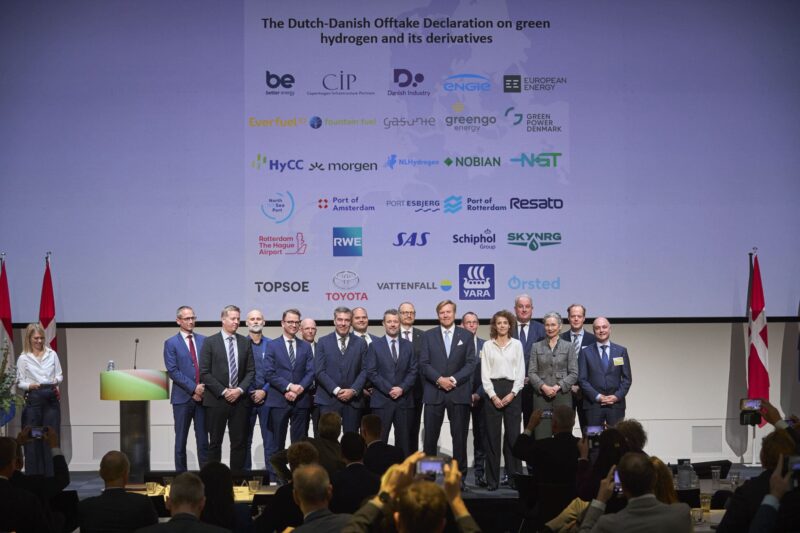Establishing the framework: the PtX agreement
The PtX agreement builds on the visionary 2020 Climate Act and sets the ambition for Denmark to become a frontrunner in the production of green hydrogen. The agreement sets a target for building 4-6 GW of electrolyser capacity in 2030 with the goal of further Danish participation in the emerging European hydrogen market. It is a principle for the Danish approach that the roll-out of hydrogen and hydrogen derivatives should be market-based.
To kick-start the emerging hydrogen economy, the Danish state has initiated a tender to subsidise the production of green hydrogen, awarding DKK 1.25 billion (EUR 167 million) towards the end of 2023 to green hydrogen producers. The purpose of the tender is to support the industrialisation and scaling of Danish hydrogen production and prize discovery. Since 2019, more than DKK 3 billion (EUR 402 million) of public funding has been allocated to support the Danish hydrogen sector.
The Power-to-X-taskforce, which is anchored in the Danish Energy Agency, was also established to ensure smooth cooperation between government, municipalities, and private stakeholders, and to help identify and clear barriers to allow the growth of the Danish hydrogen sector.
